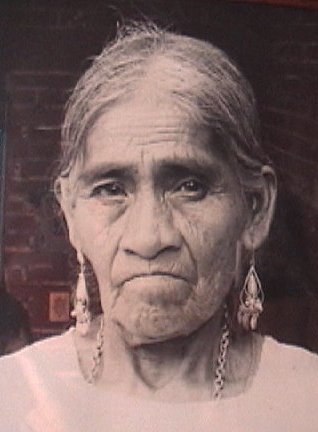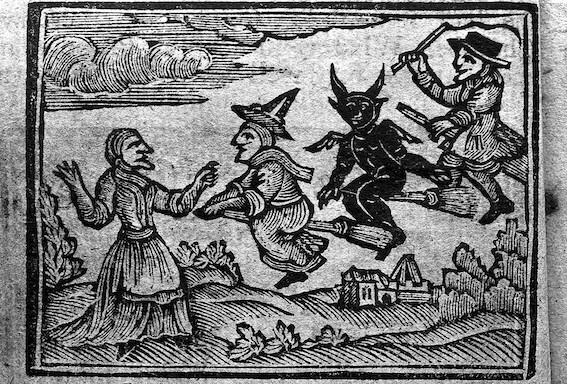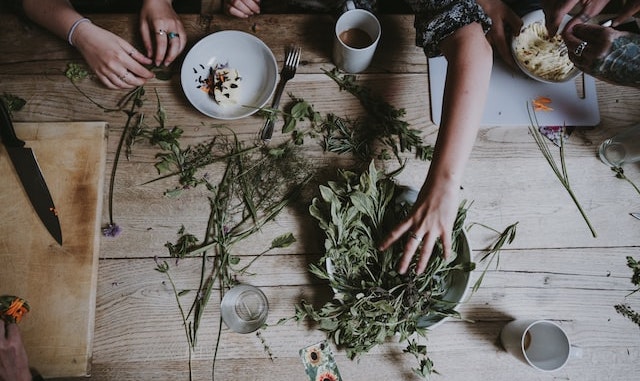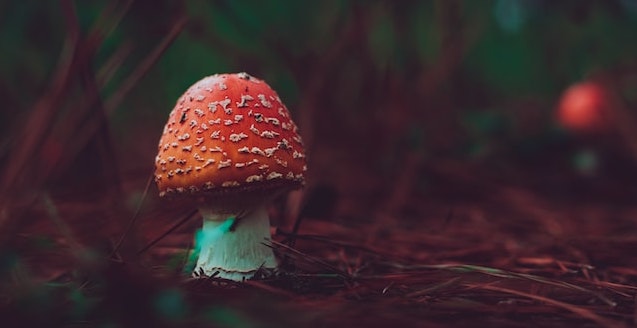However, the advent of modern medicine pushed much of this knowledge underground, leading to the neglect and defamation of these traditional practices. However, as the renaissance of psychedelic medicine unfolds, we are witnessing a resurgence of not only plant-based healing but also the rediscovery of the once-respected female healers.

International Women’s Day: Celebrating Achievements and Equality On March 8th
International Women’s Day commemorates the movement for women’s rights and celebrates the social, economic, cultural, and political achievements of women. Its history dates back to 1911 when the first IWD was observed in several countries. The day serves as a reminder to work towards true equality, where all individuals, regardless of gender, are appreciated and respected for their unique contributions.

Psychedelics and the Reclamation of Ancient Healing
Today, the growing spotlight on psychedelic healing has paved the way for a re-evaluation of modern medicine. As the usage of psychedelics, such as magic mushrooms, gains momentum in Western culture, we are not only reconnecting with past healing traditions but also drawing from the wisdom of Indigenous cultures.
The resurgence of psychedelic therapies offers a circular and profound therapeutic process that addresses the root causes of issues, both physical and spiritual. It empowers patients, giving them an active role in their healing journey and restoring a sense of agency.
Psychedelic Healing and Women’s Legacy
Psychoactive plants have long been used for healing, spiritual connection, therapy, and medicine in various cultures. For instance, the Aztecs incorporated sacred psychedelic mushrooms in their religious rites and rituals, while Indigenous Mexican communities utilized these mushrooms for their healing properties, often seeking the guidance of curanderas and curanderos, or witch women and witch doctors.
Similarly, in Asia, female shamans were entrusted with administering plant medicines. Within China, the Wu were female healers adept at performing healing, divination, dream interpretation, and even exorcism. In Indonesia, the majority of shamans were women known as dukun, belian, or wadian, who practiced healing, herbalism, and magic.
Interestingly, Western cultures historically referred to women healers as ‘witches’. However, it is essential to recognize that there are many commonalities and overlaps between ‘witchcraft’ and shamanism, especially concerning their knowledge of plant-based medicine.

Ženy a psychedelické liečenie

Samozrejme, celá história žien a prírodných psychedelických liečebných procesov je zložitá, rozsiahla a čiastočne skrytá. Tu však podáme lil' prehľad jej odkazu.
Psychoaktívne rastliny sa už od staroveku využívajú ako nástroj na liečenie, duchovné spojenie, terapiu a medicínu. Aztékovia používali posvätné psychedelické huby pri svojich náboženských obradoch a rituáloch a pôvodní obyvatelia Mexika používali tie isté huby na liečenie ľudí. Tieto huby sa zvyčajne používali curanderas a curanderos. V preklade to znamená. čarodejnice a šamani.
V Ázii podávali rastlinné lieky ženské šamanky. V Číne žili Wu - liečiteľky, ktoré liečili, veštili, vykladali sny a dokonca vykonávali aj exorcizmus. V Indonézii bola väčšina šamanov ženského pohlavia a boli známi ako dukun, belian alebo wadian. Venovali sa liečiteľstvu, bylinkárstvu a mágii.
Čarodejnice a šamani: Viac prepojení, ako by ste si mysleli
Západné kultúry v minulosti označovali liečiteľky za "čarodejnice". Je isté, že medzi "čarodejníctvom" a šamanizmom existuje veľa podobností a prienikov, pokiaľ ide o liečbu a vedomosti založené na rastlinách. V ranom novoveku sa v európskej kultúre ženy, ktoré mali také isté špeciálne znalosti o využití rastlín a bylín a vedeli pripravovať masti a lieky, nazývali čarodejnice.
Na rozdiel od šamanov však neexistujú jasné dôkazy o tom, že by "čarodejnice" vyvolávali zmenené stavy vedomia ako šamani. Je pravdepodobné, že akékoľvek záznamy o takýchto veciach sa stratili alebo boli potlačené. Napriek tomu existuje veľa špekulácií a teórií o tom, či čarodejnice užívali alebo podávali psychoaktívne látky.

Je známe, že rastliny, ktoré používali čarodejnice v európskom stredoveku, majú vplyv na poznanie, ako aj na fyziológiu pacienta. "Lietajúca masť" alebo "čarodejnícka masť" boli pojmy, ktorými sa označoval celý rad rôznych ľudových prostriedkov na báze rastlín. Niektoré z týchto mastí mali údajne psychoaktívne účinky a používali sa na liečenie.
Rastliny a byliny, ktoré tieto ženy používali do svojich mastí a liekov, často patrili do čeľade Solanaceae. Medzi nimi belladonna, henbane a tŕňové jablko. Tieto rastliny obsahujú alkaloidy atropín, skopolamín a hyoscyamín, ktoré môžu mať psychoaktívne účinky. Tieto účinky by spôsobovali živé sny a vízie.

Women’s Empowerment in Psychedelic Healing
In recent years, there has been a notable rise in the active participation of women in the field of psychedelic healing. As healers, therapists, and practitioners, women are reclaiming their ancient roles as caretakers and healers. They are at the forefront of advocating for holistic and nature-based approaches to healing.

These modern Medicine Women are building communities and organizations that prioritize women’s roles and contributions to psychedelic healing. Their collective wisdom, shared experiences, and unique perspectives add depth and inclusivity to the psychedelic renaissance.
A Journey Towards a Caring Future
As we celebrate International Women’s Day, we extend our heartfelt gratitude to all the women who are shaping the future of psychedelic healing. Together, we envision a future where medicine embraces diversity and equality, where each individual’s worth is recognized and appreciated, and where all people—regardless of gender—can thrive harmoniously.

Všetko najlepšie k Medzinárodnému dňu žien!





